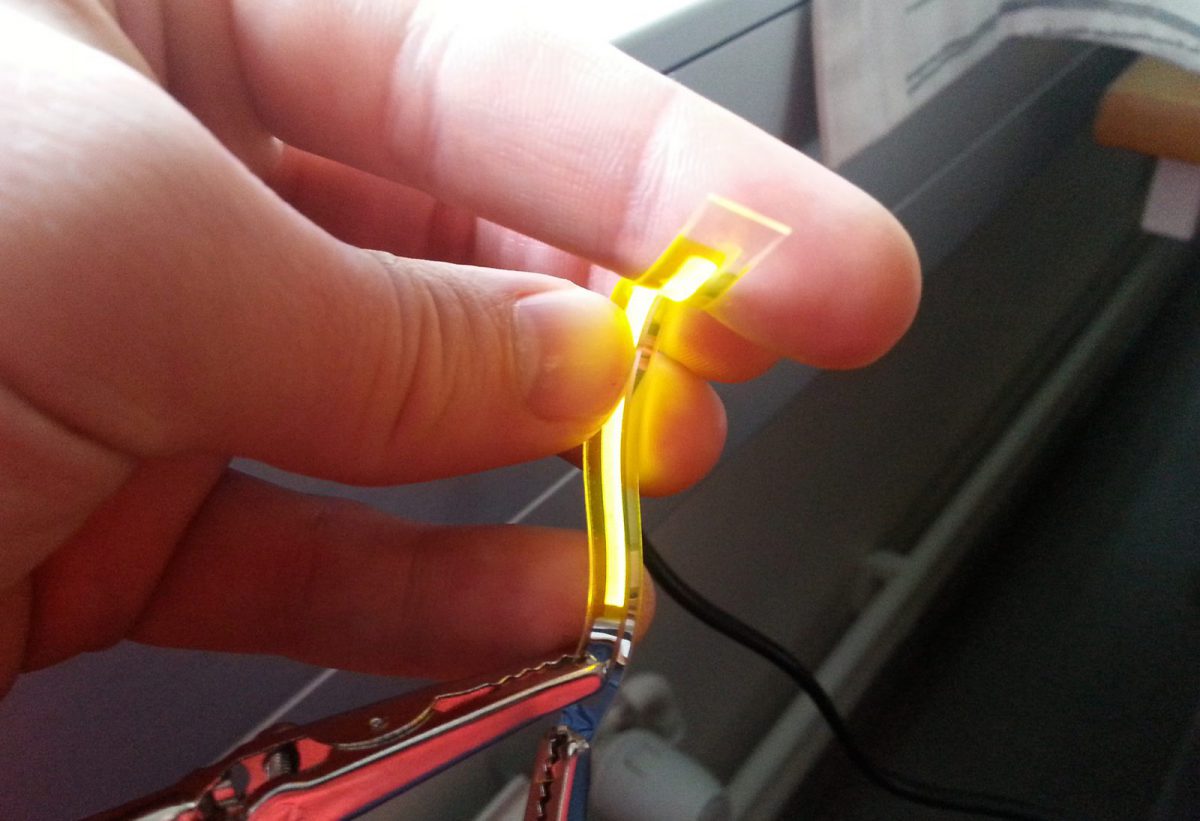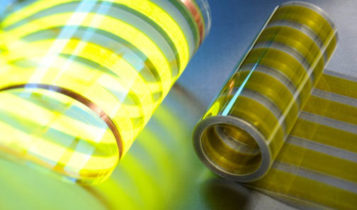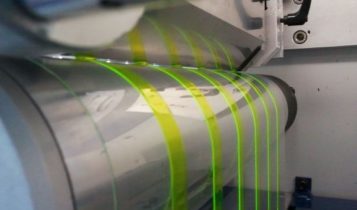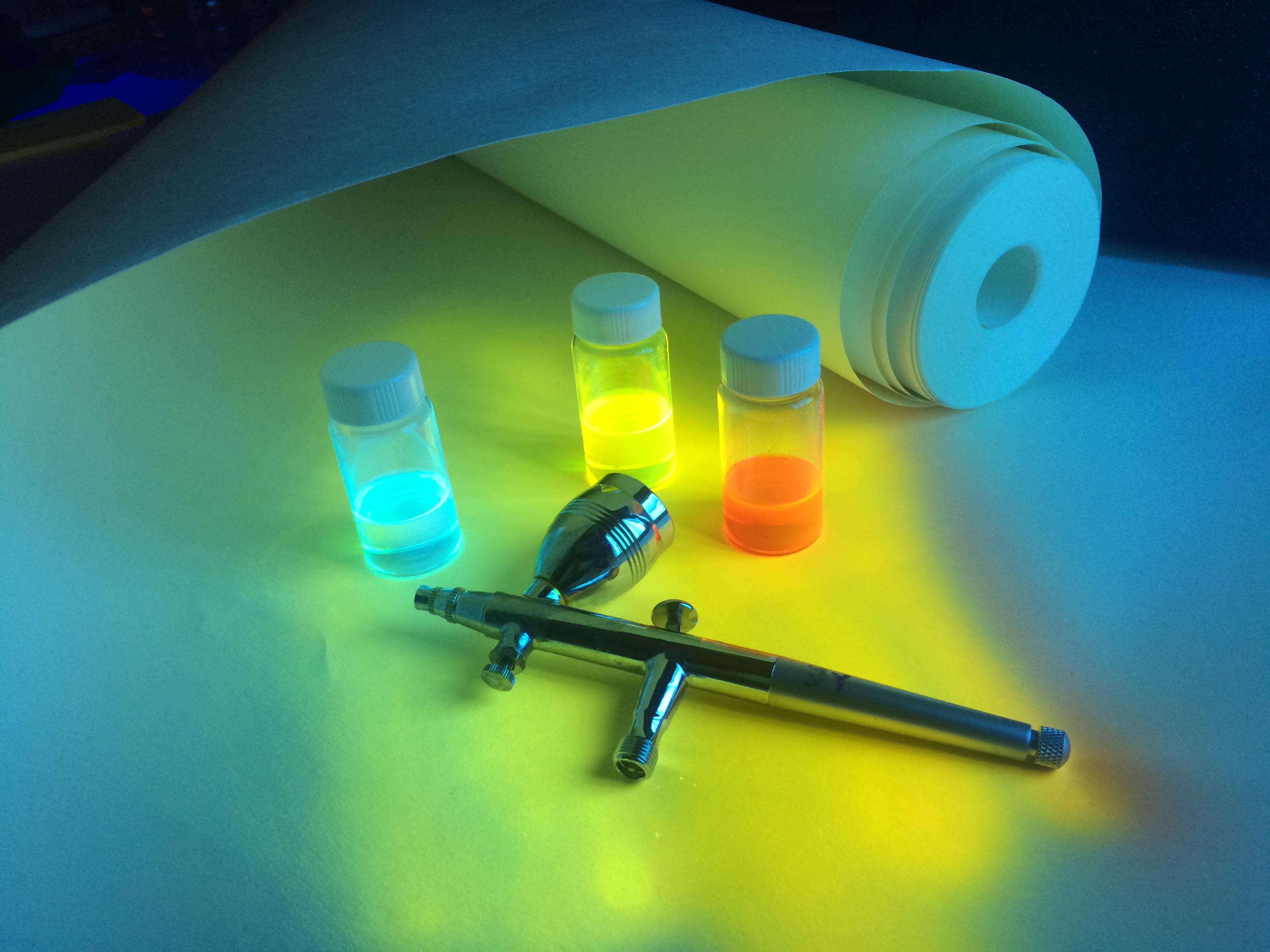The evolution runs fast even in the lighting’s world. The future is now seen under a different light, the one of the LEC. The innovation arrives from the researchers of the universities of Umea and Linkoping, in Sweden, which ensure those are one of the most promising new in the lighting field.
“The LEC devices are flexible, thin and light. Their technology is focused on the electrochemical cells that emit more intense light in an efficient way”.
The revolution of the LED and the spotlight of the LEC
The LEDs are now at the top, considered a clean and sustainable source of energy, they give at the same time bright light with low costs. In the 2014 the LED let won the Nobel prize for physics to their inventors: Isamu Akasaki, Hiroshi Amano and Shuji Nakamura. The LED (Light Emitting Diode) brought the concept of domestic lighting to another level. A clear and sustainable light with low costs level.

With the arrive of the LEDs it was, so, possible to substantially reduce the electric consumption for the lighting.
Now the LECs promise to further increase this technology, that in few years stepped into the houses of everyone.
The researchers’ team of the swedish universities, that worked to make this new concept of lighting efficient, practical and affordable, presented its own invention: “Their peculiarity is to join two characteristics that until now was hard to put togheter: the lightness and the energetic efficiency. With this performance, the LEC component not only gives low costs and really interesting design advantages, but it’s becoming a real competitor of the other technologies, like fluorescent tube, LED or OLED, about the efficiency and the practical functioning”.
Not really a new

To be honest the LECs aren’t really a recent new. They were, infact, already largely used in the agriculture sector. By the way the work of the swedish researchers’ team allowed to improve them by making them much more efficient, joining lightness and low consumption, as well as it happens with the LEDs, but with a kind of technology further improved.
The study was so published on the magazine Nature Communication and the one that was relegated to scientific world happeared on the newspapers, catching the interest of the big audience and opening, so, a gateway to their possible commercial usage.
How does the LEC work?

The LEC (Light-emitting electrochemical cell) emits intense light in an efficient way, everything focused on the electrochemical cells. The LEC panels are basically made on three sheets: a first sheet where there are the electrical layers, cathodes, a middle sheet that encloses the phosphorus and a last sheet composed by two layers of protective polyester.
The phosphorus’ crystals encapsulated in the middle are able to generate a source of light homogeneus and uniform along their whole surface.
The LECs can reach a level of lightness up to 2000 cd/m2 and an efficiency from electron to photon of the 27,5%.
The LEC panels are flexible, semi rigid or rigid, of different shapes and sizes, under shape of stripes, panels, fibers or strings, until to reach the 18 square meters.
The LEC advantages
Besides to the big efficiency and the possibility to emit, like the LEDs, light of every kind of colour, the strongsuit of the LEC is up to the really low production costs. Its components, infact, are realised with print and colouring techniques like the one used for the newspapers. The material used for the coating are, therefore, extremely cheap too.
The usages for this new technology in the field of the lighting might be many, from the diagnostic to the traffic signs, from the healthcare to the public lighting. Until to arrive to become a technology that might soon replace the LEDs.
This post is also available in:

